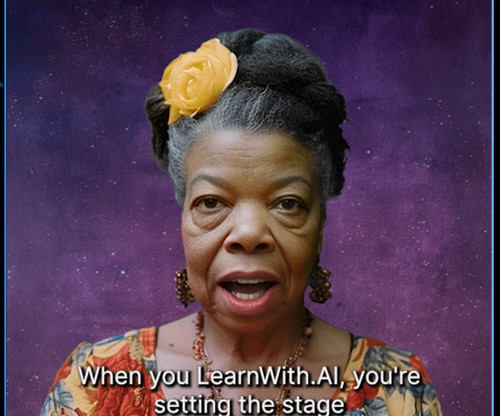Retrieval in Action: Creative Strategies from Real Teachers
Cult of Pedagogy
APRIL 27, 2025
But if you’re new here, I’ll give you a very quick overview: Retrieval practice is the act of trying to recall something you learned from memory by doing things like taking a test on it or using flashcards instead of just looking at, rereading, or reviewing the information. ’ and then applying it to new knowledge.”
































Let's personalize your content